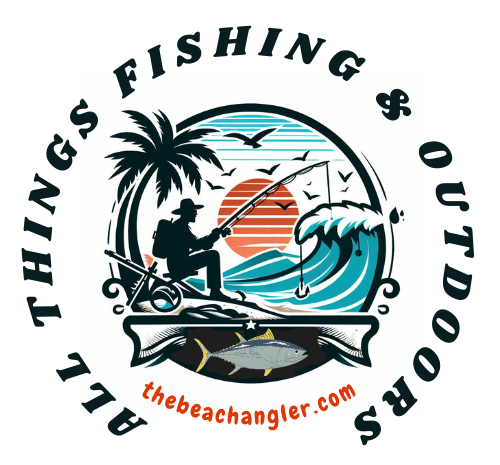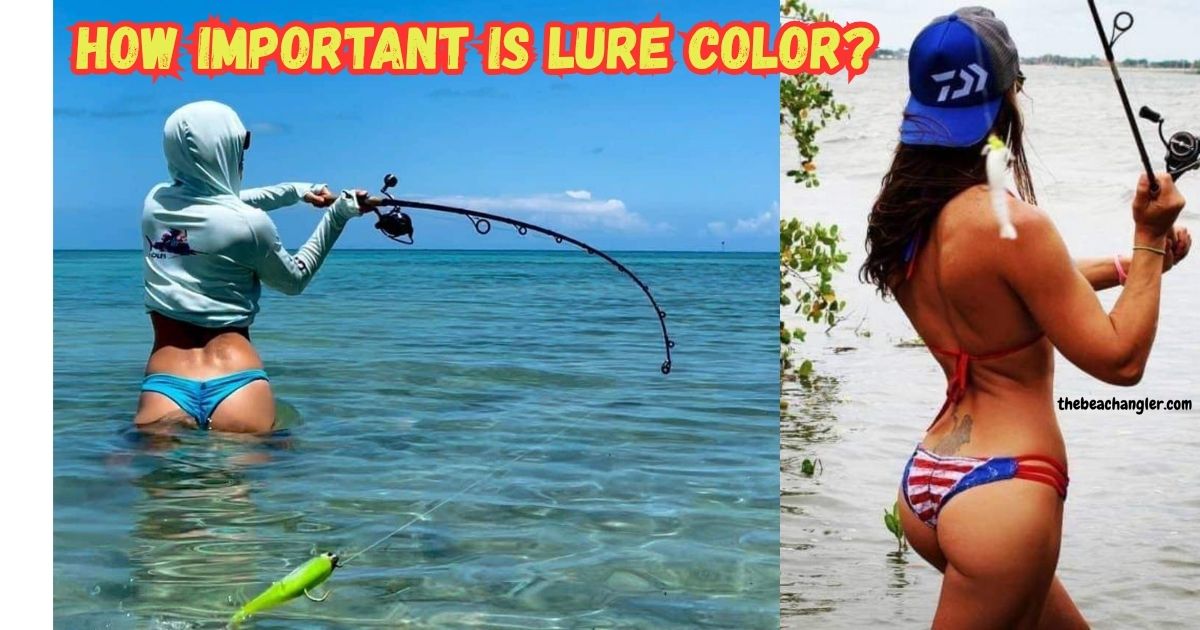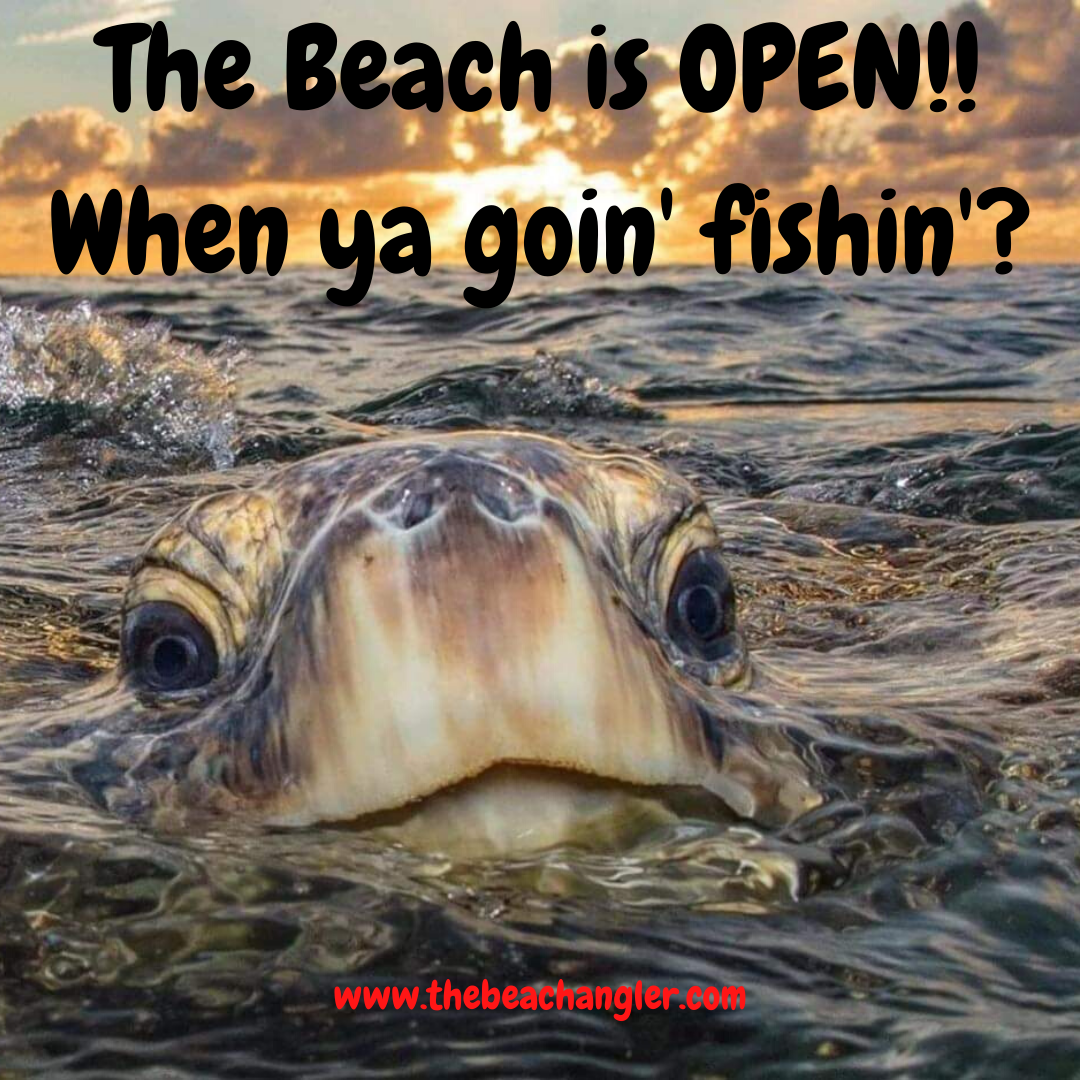Saltwater fishing delivers its own unique set of challenges, and the choice of lure color is a question I hear often. Picking the right lure color is certainly worth thinking about, but it’s only a piece of what drives real success in saltwater angling. Here, I’m sharing a clear and practical look at how color fits into the bigger picture, and what I find matters most when I’m picking a lure for a day out on the ocean.
QUICK LOOK: Factors to Consider when Selecting a Lure Color
- Water Clarity: In clear water, subtle and lighter colors like olive, gray, or plain silver do well. When the water turns murky or stained, brighter or darker colors like chartreuse, black, or fire orange help lures stand out more.
- Time of Day and Light Conditions: During a sunny day, I prefer something shiny or pale that catches the light. When it’s cloudy, near sunset, or very early, I’ll go for darker colors or ones with a bit of glow to stand out.
- Forage Fish: Matching my lure to the colors of the main baitfish, shrimp, or crabs around offers a big advantage. For example, if the major bait is sardines, I’ll reach for lures with silvery sides and either green or blue backs. Talking with other local anglers helps, too—sometimes you can track down useful tips about what color is hot at the moment.
- Fish Species: Not all saltwater fish respond the same way to color. Redfish and speckled trout might go for muted, natural shades, while Spanish mackerel often chase flashier patterns. If I’m not sure what a species wants, I try to bring different color choices and keep switching out until I land on what works.
How Color Impacts Saltwater Lure Selection
Lure color catches my eye every time I walk past a tackle shop display. It’s easy to get drawn in by eye-catching painted lures or shiny, reflective finishes. However, in my experience, color alone isn’t usually the main reason I catch fish. Instead, color makes a difference under particular conditions or with specific fish species.
For me, color becomes more meaningful when I’m trying to match the lure to whatever the local fish are feeding on or when visibility in the water is affected by weather or depth. Science and plenty of stories from fellow anglers back this up.
Some studies show that fish see certain colors better depending on the light, water clarity, and depth. Despite that, I’ve had days when switching colors led to more action, and others when it made no difference at all. So, I try to keep it in perspective when I’m making my final choice.
Factors That Influence Lure Color Choices
Before I toss a lure into saltwater, I check several main factors that help me decide which color to pick:
- Water Clarity: In clear water, subtle and lighter colors like olive, gray, or plain silver do well. When the water turns murky or stained, brighter or darker colors like chartreuse, black, or fire orange help lures stand out more.
- Time of Day and Light Conditions: During a sunny day, I prefer something shiny or pale that catches the light. When it’s cloudy, near sunset, or very early, I’ll go for darker colors or ones with a bit of glow to stand out.
- Forage Fish: Matching my lure to the colors of the main baitfish, shrimp, or crabs around offers a big advantage. For example, if the major bait is sardines, I’ll reach for lures with silvery sides and either green or blue backs. Talking with other local anglers helps, too—sometimes you can track down useful tips about what color is hot at the moment.
- Fish Species: Not all saltwater fish respond the same way to color. Redfish and speckled trout might go for muted, natural shades, while Spanish mackerel often chase flashier patterns. If I’m not sure what a species wants, I try to bring different color choices and keep switching out until I land on what works.
Lure Action and Profile: More Important Than Color?
Throughout my fishing, I’ve learned that a lure’s movement and shape can be just as important, if not more so, than its color choice. When a lure acts like a wounded baitfish, makes the right noise, or vibrates just right, saltwater predators are quick to strike.
Sometimes, even an “off” color works if the lure’s movement grabs the fish’s attention. For instance, I’ve caught plenty with plain white or just bare metal jigs simply because the lure “walked,” fluttered, or popped like real prey that day.
The lure’s shape and size—the profile—should match whatever the fish are eating in that area. When I’m after flounder feeding on small mullet, a thin, short lure in a close shade does better. In deeper water targeting snapper or grouper, bulkier profiles and bold colors help make my lure more visible despite low light.
Confidence: The Role of Personal Experience
Belief in the lure you’re using plays a bigger part than most realize. Whenever I fish with a color or pattern I trust, my presentation is better, and my patience holds out. Past success counts—a lot. Sometimes, sticking with a pattern you believe in works better than endlessly swapping lures. Plus, it’s not rare for two anglers using different colors to both land good catches, provided they’re both working with lures they know well.
Sticking to a handful of trusted color choices helps me focus on my retrieve technique or the specific locations I fish. That’s better than overthinking color on every cast. The best advice I can give? Test different colors in your local waters and note which ones actually result in bites instead of just going after the latest trending patterns.
Practical Tips for Picking the Right Color Lure
I rely on an easy system to decide which color lure to pick for any saltwater outing. Here’s my go-to routine:
- Size up the water clarity. Very clear water calls for more natural or see-through hues, while stained or muddy water rewards brighter or solid shades.
- Pay attention to light levels. In full sun, reflective or pale lures get nod. Cloudy days or low-light settings push me to use solid or glow finishes.
- Consider the main forage. Matching the local bait color can be a game-changer.
- Pack some variety. Trial and error are part of the process. If nothing produces results, be willing to swap colors until fish start biting.
Bringing a basic mix of natural, bright, and dark lures covers most situations. Some anglers take it up a notch by having markers or small bottles of paint handy to tweak lure colors while on the water—this can be useful if fish fixate on a shade you weren’t expecting.
Lure Color Myths and Reality
I often hear that fish are “always” picky about color. Truth is, sometimes color matters, but just as often it’s the lure’s motion, sound, or how it’s presented that triggers bites. Take early-season bluefish, for example—they’ll often chase anything tossed in their path if it’s moving fast and throwing flashes, regardless of color. Still, there are days when changing color makes all the difference, especially with selective or pressured fish.
Some fishing guides suggest sticking with three main colors for simplicity: one that matches common bait, one that stands out, and one very dark shade for the silhouette effect. This can lighten the tackle load. On slow days, I even try the complete opposite color as a wildcard, just to see what happens.
Common Challenges When Choosing Saltwater Lure Colors
- Changing conditions: Tides, weather, and sudden shifts in water clarity can make a previously effective color less useful as the day progresses. Flexibility is key.
- Overthinking color: It’s tempting to believe that color is everything. If the fish quit biting, I try different actions, speeds, or locations before worrying too much about the color.
- Lack of local know-how: Sometimes what works wonders in one area falls flat in the next. Chatting with locals or reading up on the newest fishing reports is a game-changer.
Water Clarity
Fishing off a pier in crystal clear blue water, I found the most success using transparent lures or versions with subtle silver specks. When fishing after storms in muddy bays, however, rockfish would hammer anything bright orange or pitch black. While this pattern seems steady, I always double-check the water before picking a lure shade for the day.
Forage Fish and “Matching the Hatch”
On one memorable outing, I noticed seagulls going nuts over a bait ball of anchovies. Switching to a silver-and-blue soft bait paid off instantly, hooking into a rambunctious bonito school. Matching the active bait helps a lot when fish are keyed in on something specific. If there’s not much going on at the surface, though, I pick a color with some sharp contrast to help my lure stand out.
Frequently Asked Questions About Lure Color
Here are some questions I get a lot, along with straightforward answers based on my fishing adventures and chatting with others:
Does color really make a difference in saltwater lure fishing?
Sometimes, but action, size, and presentation are just as important. I treat color as one tool in my kit.
What color works best in clear versus dirty water?
Go natural or clear for pristine water, and use darker, bolder shades when it’s murky. But experiment if the fish are unresponsive.
Should I match my lure color to local bait?
Yes, especially if you see particular forage causing a stir. If nothing is active, pick a color that pops a bit more.
Real-World Application: My Approach For Every Trip
I always carry a core group of proven colors for the places I fish most, and then add in a few curveballs for changing conditions. This method keeps my decisions simple, builds confidence, and frees me to experiment. Even after years on the water and countless trips, experimenting remains the most fun part of fishing for me.
Sometimes, the most unlikely color ends up being the one the fish want most, so it pays to keep your eyes open and adapt as you go. Lure color in saltwater fishing is worth considering, but don’t let it distract from all the other elements—like lure action and location—that put fish in the boat and make every trip memorable.
Check Out Our Most Recent Articles:
- Are Drones Legal For Fishing?

- Piscifun Atlantix Electric Reels

- Bulls And Pomps From The Winter Surf
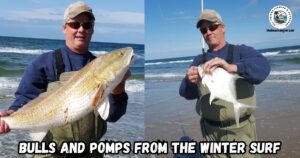
- Daiwa Laguna Rod Reviews
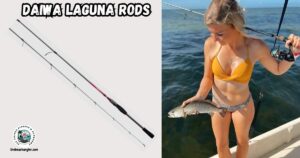
- Tips And Tactics For Wintertime Speckled Trout Fishing
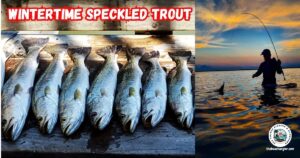
- 9 Croaker Soakin’ Tips For Big Speckled Trout
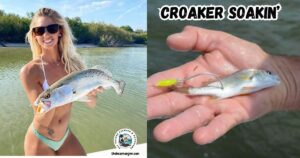
As always, stay safe, enjoy the journey, and please try to leave it cleaner than you found it. If you have any comments, questions, ideas, or suggestions, please leave them in the comment section below, and I’ll get back to you ASAP. You can follow us on Facebook: Rex The Beach Angler, Instagram: thebeachangler7, Twitter: @AnglerBeach, and YouTube: Man Art Creations.
P.S. Thanks so much for checking out our blog; we really appreciate it. Just so you know, we may receive a commission if you click on some of the links that appear on our site. This helps us keep our content free and up-to-date for everyone. We appreciate your support!
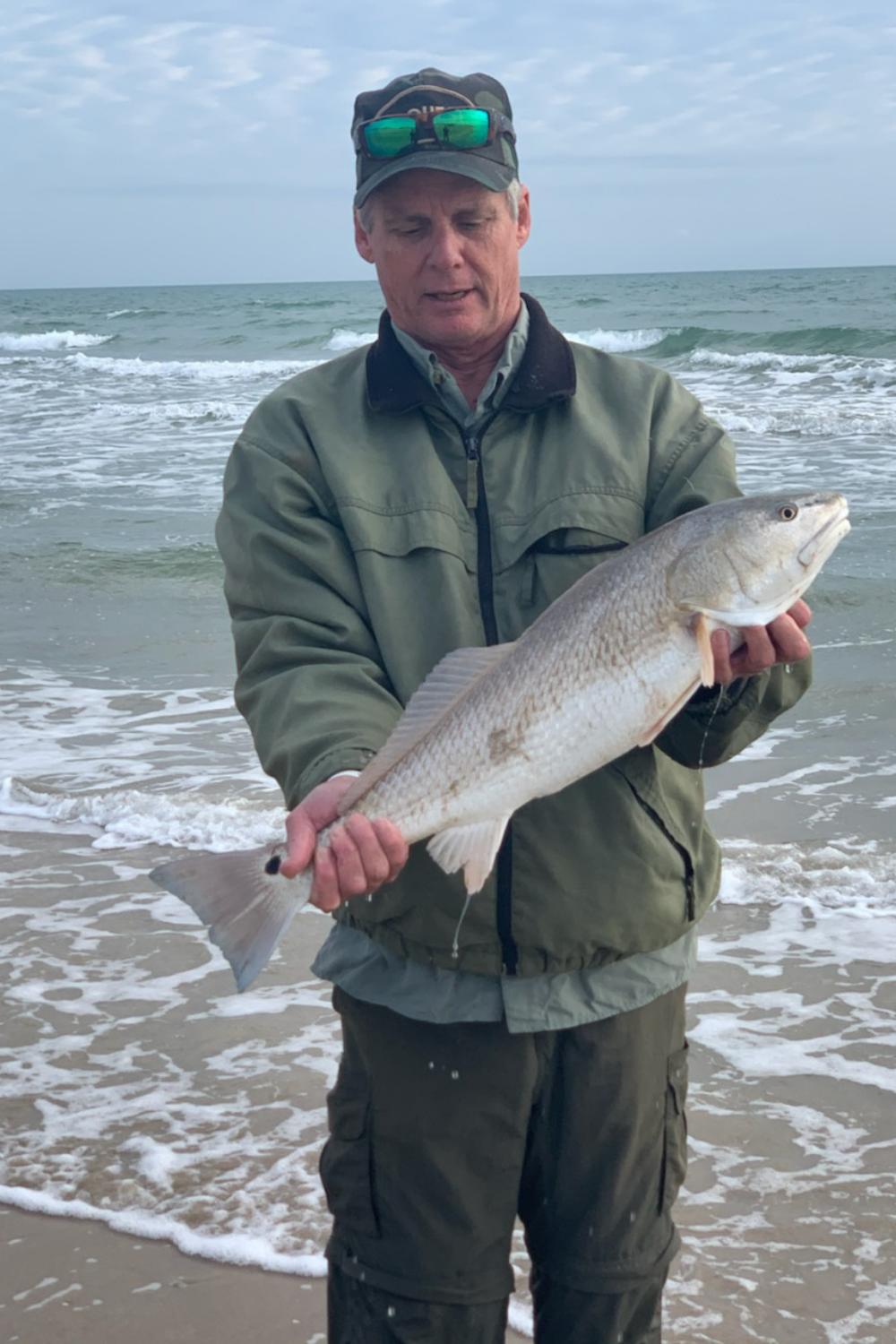
A life long surf fisherman with 50+ years of experience, I am also an avid hunter and outdoorsman. I will be sharing my passion for the outdoors with you so be prepared for hunting, fishing, camping, hiking and more. Along with gear reviews and the latest trends and innovations in the outdoor industry.
